Exhibition | Pop Art From North Africa (P21 Gallery) Arts & Culture
Arts & Culture, Exhibition, New in Ceasefire - Posted on Friday, October 6, 2017 17:51 - 0 Comments
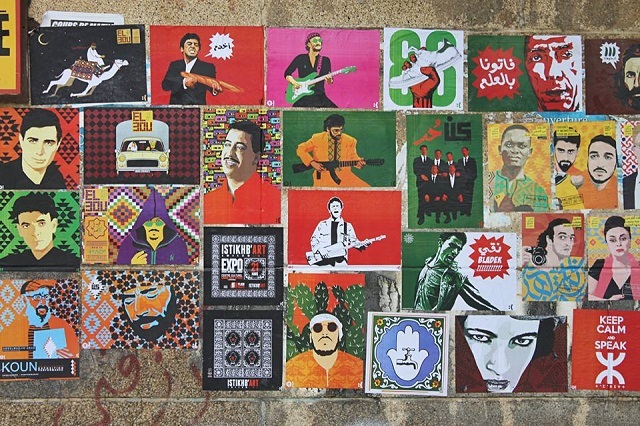
Artwork by Hicham El Moustache Gawa (Algeria) (Credit: P21 Gallery)
Pop Art from North Africa
22nd September – 4th Novmeber 2017
The ‘Pop Art from North Africa’ exhibition opened last week at the P21 gallery in London (in collaboration with the Arab British Centre). The curators, Najlaa El-Ageli and Toufik Douid, brought together a collection of striking artworks by fifteen artists from across North Africa (Algeria, Egypt, Morocco, Libya and Tunisia); all inspired by the Pop Art movement.
“Najlaa and I met at the Nour Festival in 2015, where we both curated projects respectively about Libya (Birthmark Theory) and Algeria (Algerianism – part 1)” Douib told me, “It was then that we discussed collaboration to showcase an unseen perspective of the North African cultural scene ‘as a whole’, which is little represented in the United Kingdom.”
A colourful display of artworks fills the gallery, every piece offering a somewhat different but critical perspective of how western culture and pop art are seen and consumed locally across North Africa. Many of the works here deploy traditional symbols from the region to offer twists and subversions of Pop Art classics. Here, Andy Warhol’s Marilyn Monroe is sporting a traditional North African hayek (silk head cover), while Roy Lichtenstein’s soup cans contain the North African Harira (aka ‘Chorba’, but let’s not get into regional specifics). While every piece oozes a fluid local identity, North African culture bleeds through borders, making any distinctions undiscernible to the untrained eye.
A particularly interesting installation is “Hamam Tomorrow”, by upcoming Algerian artist Sofiane Si Merabet, which offers a vision of a traditional North African Hamam (public bath) of the future, a place of simultaneous nostalgia and futurism — a thought provoking piece designed to flood and confuse the senses. Incidentally, the artist’s platform is entitled “The confused Arab” and at his shows Si Merabet often asks audiences what they would take with them to the future. “The Hamam has always been viewed as a place of debauchery and pleasure by both Orientalists and Islamist fundamentalists” Si Merabet tells me. His are fond memories, however, and represent part of a collective nostalgia that emphasises the strength of local identity.
The exhibition also features 11 pieces by Tunisian artist Ilyes Messaoudi, all taken from his ongoing “1001 nights” series; a work in progress in which the artist aims to retell 1001 consecutive nights in the life of a Tunisian Scheherazade — exploring her rebellious life in Tunisia, both before, during and after the revolution, through daring and bold mediums.
Libyan artists, too, are here to tell an important story. After decades where it seemed the only recognised artists were the leader’s own sons, post-Gadhafi art is now emerging, offering for many a first glimpse into a nation and culture mostly unknown to the rest of the world and often considered a cultural desert. Artists like Alla Abudabbus and Malak Elghuel are doing just that, using mixed media pieces laden with ironic social commentary not only to confront and expose the globalist consumerist Libyan to himself but, more importantly, to offer the external world an inside view into how far-reaching western culture has found its way into a nation long obscured by political turmoil (Last year, Abudabbus’s most famous piece ‘Haja Hurriya’ — a digital manipulation of the image of Statue of Liberty — was picked as the cover of “Libya Imago Mundi” by the Benetton foundation).
As a whole, walking among the important and engagingly parodic displays of the exhibition feels like a stroll into the psyche not of individual artists but of collective identities and narratives. In the context of a globalist, consumerist world, the works proclaim a sense of belonging to both common traditions and global trends, as well as offer playful, subversive touches at the expense of Orientalist representations of North Africa.
Although the art form here is broadly inspired by avowedly local subject matter, the strand of North African Pop Art is clearly fuelled by the originals’ representations of American and British popular cultures. Nevertheless, North African pop art offers a different perspective: One of globalism, capitalism and cultural ignorance; often encompassing a critical play and parody on Western consumerism not just as viewed south of the Mediterranean but as experienced across the region through social media, celebrity culture and fashion. As such, it is deep rooted in socio-political criticism aimed at North Africa’s own cultures and societies.
Let’s talk about labels…
Since the exhibition’s title — “Pop Art from North Africa” — is one that, admittedly, doesn’t roll off the tongue, some may wonder why this was not called ‘Arab Pop Art’ or ‘African Pop Art’. Of course, the geo-political labelling of North Africa often creates squabbles about who, or what, is considered Arab or African. Indeed, as identity is largely subjective, such labels often serves to confuse and exclude more than to unite; but for many North Africans their region is African first and foremost, yet it seems to be an identity they are, alas, often denied.
Worth a look?
Over the past few years, North Africans have become used to their region, and people, being recognised in the West for the ‘wrong’ reasons. As such, they might see such exhibitions as opportunities for outsiders to rediscover how vibrant, colourful, diverse, young, revolutionary and highly creative North African culture is.
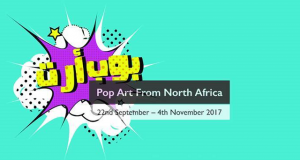 Andy Warhol said “Once you GOT pop, you could never see a sign the same way again and one you once you thought pop, you could never see America the same way again.” Well, once you see ‘Pop Art from North Africa’, you will perhaps never see North Africa — or, indeed, Africa itself— the same way again.
Andy Warhol said “Once you GOT pop, you could never see a sign the same way again and one you once you thought pop, you could never see America the same way again.” Well, once you see ‘Pop Art from North Africa’, you will perhaps never see North Africa — or, indeed, Africa itself— the same way again.
The exhibition is open until November 4th at P21 gallery, 21-27 Chalton Street, London NW1 1JD.

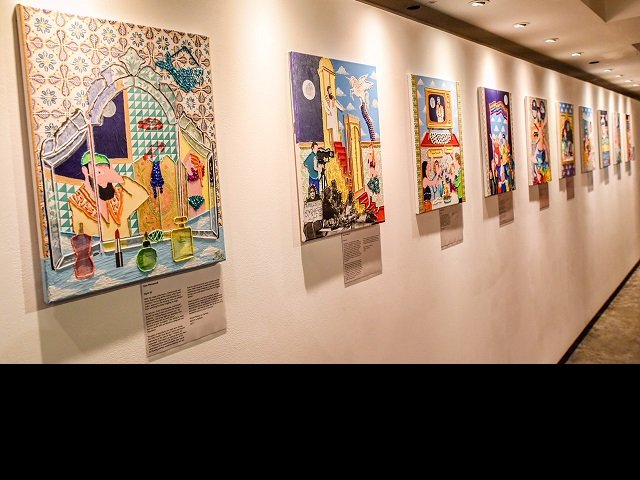
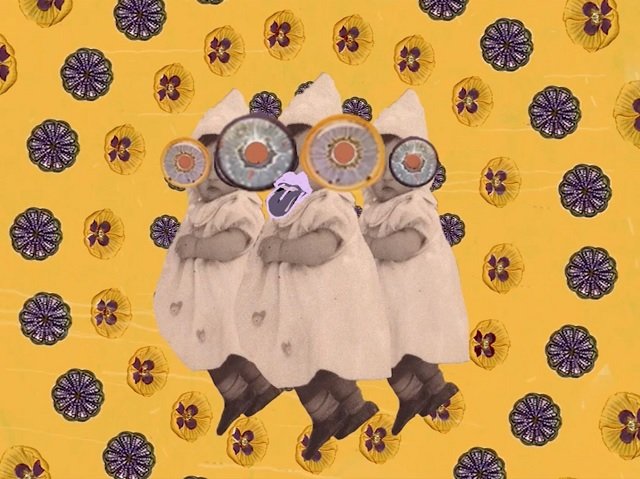
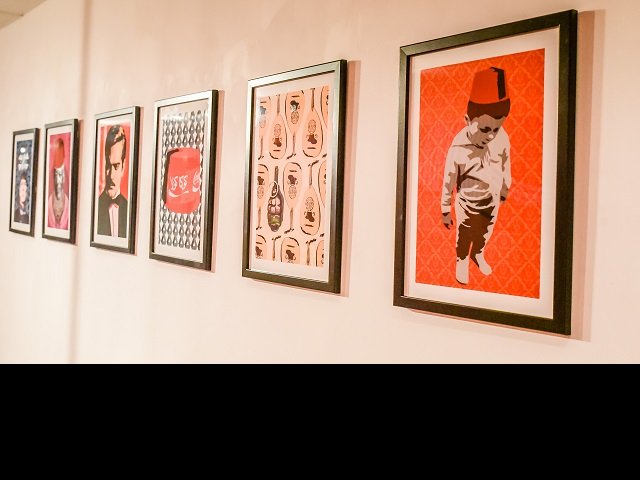
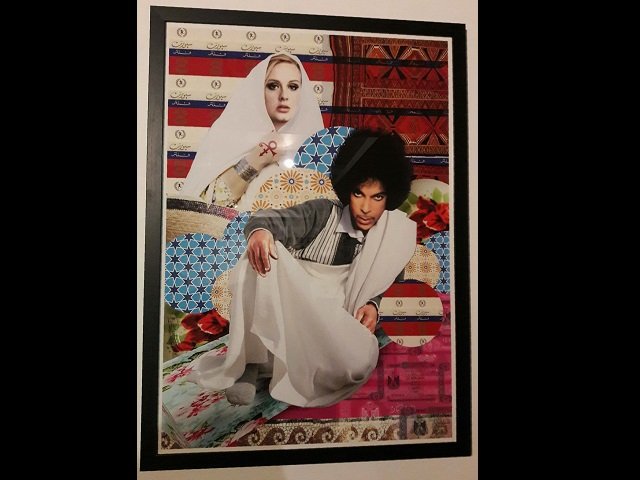


Leave a Reply